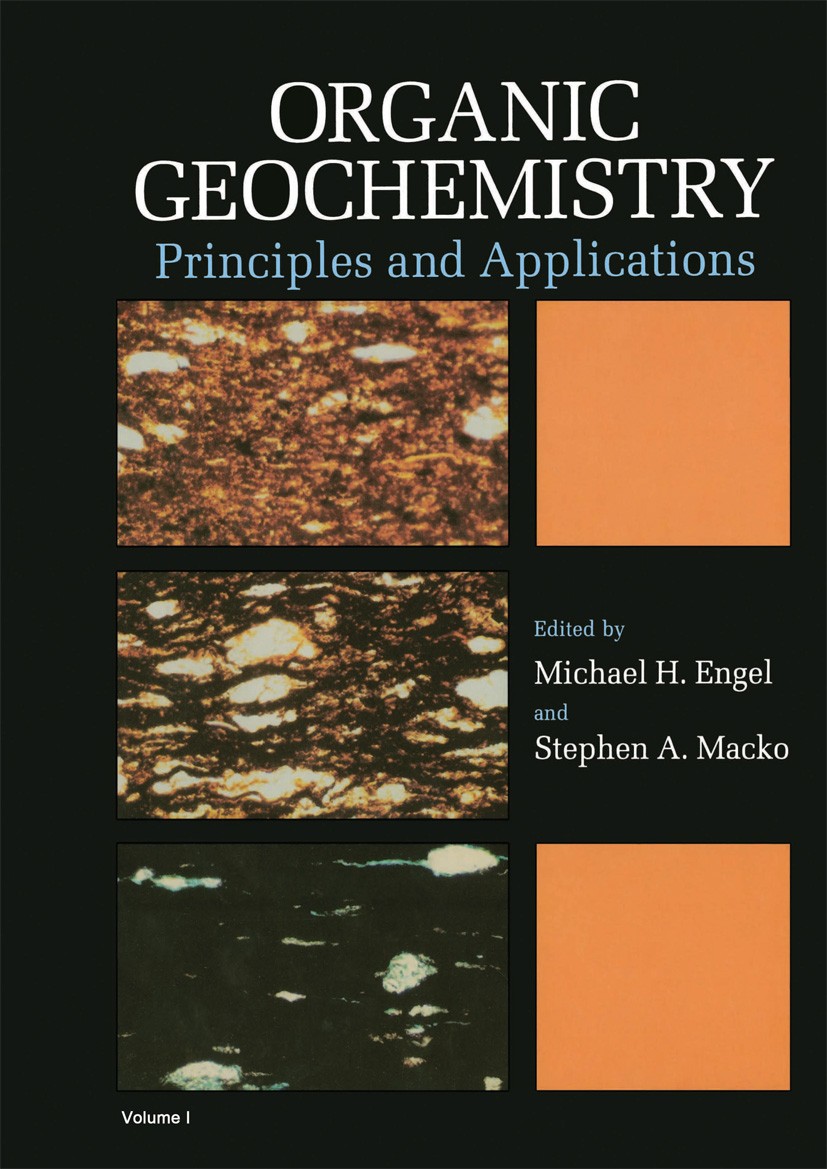Unraveling the origin and charge of Halahatang oils, Tarim Basin
IF 2.5
3区 地球科学
Q2 GEOCHEMISTRY & GEOPHYSICS
引用次数: 0
Abstract
Uncertainty about the source of the oils from the Halahatang region of the Tabei Uplift, Tarim Basin (NW China) presents an ongoing challenge to exploration. Previous analyses of several Halahatang oils showed isotopic (δ13C < –32 ‰) and aliphatic hydrocarbon distributions (e.g., V-shaped C27-C29 steranes) more typical of regional Ordovician source rocks than the Cambrian rocks that are the predominant source of petroleum of the Tarim Basin, supporting prospects for a second major regional oil source. In pursuit of a more definitive source assignment of Halahatang oils and further insight into their depositional environment and charge history, a detailed molecular appraisal of the aromatic hydrocarbon composition of 27 marine oils and complementary stable sulfur and carbon isotopic analyses were conducted. The oils were from different Halahatang wells resolved into three separate block groups, with variations to the extent molecular and isotopic data was influenced by secondary alteration (i.e., thermal maturity, biodegradation and, possibly, minor thermochemical sulfate reduction) evident among the groups. The major aromatic products of all oils were alkylated naphthalenes, phenanthrenes, dibenzothiophenes and trace levels of thiadiamondoids were detected in a few Group II and III oils. Aryl isoprenoids, typical biomarkers of an euxinic depositional environment, were also conspicuous in lower maturity Group I and II oils (Rc < 0.9 %), but absent in higher maturity oils (Rc up to 1.02 %). Molecular evidence of severe biodegradation (e.g., unresolved complex matter, 25-norterpenoids) was evident in some Group I oils, although some of these also showed coincident non-biodegradation molecular features (e.g., low MW n-alkanes) implying a mixing of biodegraded and non-biodegraded charges. The δ34S values of the bulk oil and their dibenzothiophene and alkyldibenzothiophene products were generally in the range +17 to +23 ‰,although some oils impacted by biodegradation showed slightly heavier δ34S values (>+26 ‰). The Group II oils were not significantly impacted by secondary processes and their aromatic signature (e.g., aryl isoprenoids), δ34S data and whole oil δ13C values were closely correlated with regional Lower Cambrian source rocks and are atypical of Upper Ordovician source rocks. These results identify the Halahatang oils as a further representation of Lower Cambrian-derived oils of the Tabei Uplift.
塔里木盆地哈拉哈塘油类的成因与充注
塔里木盆地塔北隆起哈拉哈塘地区石油来源的不确定性给勘探带来了持续的挑战。先前对哈拉哈塘几种油的分析显示同位素(δ13C <;-32‰)和脂肪烃分布(如v形C27-C29甾烷)在区域奥陶系烃源岩中比在寒武系烃源岩中更为典型,是塔里木盆地的主要烃源岩,支持区域第二大烃源岩的前景。为了更明确地确定Halahatang油的来源,并进一步了解其沉积环境和电荷历史,对27种海相油的芳烃组成进行了详细的分子评价,并进行了互补的稳定硫和碳同位素分析。来自不同Halahatang井的油被分解成三个独立的区块组,这些组之间的分子和同位素数据差异明显受到二次蚀变(即热成熟度、生物降解和可能的轻微热化学硫酸盐还原)的影响。所有油的主要芳香产物为烷基化萘、菲、二苯并噻吩,在少数II和III族油中检测到微量噻二胺类化合物。芳基类异戊二烯是富氧沉积环境的典型生物标志物,在低成熟度ⅰ组和ⅱ组油中也很明显(Rc <;0.9%),但在高成熟度油中不存在(Rc高达1.02%)。在一些第一类油中明显存在严重生物降解的分子证据(例如,未解决的复杂物质,25-北萜类),尽管其中一些油也显示出一致的非生物降解分子特征(例如,低分子量正烷烃),这意味着生物降解和非生物降解电荷的混合。整体油及其二苯并噻吩和烷基二苯并噻吩产物的δ34S值一般在+17 ~ +23‰之间,但部分受生物降解影响的油δ34S值略高(+26‰)。II组原油受次生作用影响不明显,其芳香特征(芳基类异戊二烯)、δ34S数据和全油δ13C值与区域性下寒武统烃源岩密切相关,与上奥陶统烃源岩不典型。这些结果确定了哈拉哈塘油是塔北隆起下寒武统衍生油的进一步代表。
本文章由计算机程序翻译,如有差异,请以英文原文为准。
求助全文
约1分钟内获得全文
求助全文
来源期刊

Organic Geochemistry
地学-地球化学与地球物理
CiteScore
5.50
自引率
6.70%
发文量
100
审稿时长
61 days
期刊介绍:
Organic Geochemistry serves as the only dedicated medium for the publication of peer-reviewed research on all phases of geochemistry in which organic compounds play a major role. The Editors welcome contributions covering a wide spectrum of subjects in the geosciences broadly based on organic chemistry (including molecular and isotopic geochemistry), and involving geology, biogeochemistry, environmental geochemistry, chemical oceanography and hydrology.
The scope of the journal includes research involving petroleum (including natural gas), coal, organic matter in the aqueous environment and recent sediments, organic-rich rocks and soils and the role of organics in the geochemical cycling of the elements.
Sedimentological, paleontological and organic petrographic studies will also be considered for publication, provided that they are geochemically oriented. Papers cover the full range of research activities in organic geochemistry, and include comprehensive review articles, technical communications, discussion/reply correspondence and short technical notes. Peer-reviews organised through three Chief Editors and a staff of Associate Editors, are conducted by well known, respected scientists from academia, government and industry. The journal also publishes reviews of books, announcements of important conferences and meetings and other matters of direct interest to the organic geochemical community.
 求助内容:
求助内容: 应助结果提醒方式:
应助结果提醒方式:


